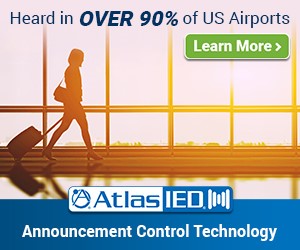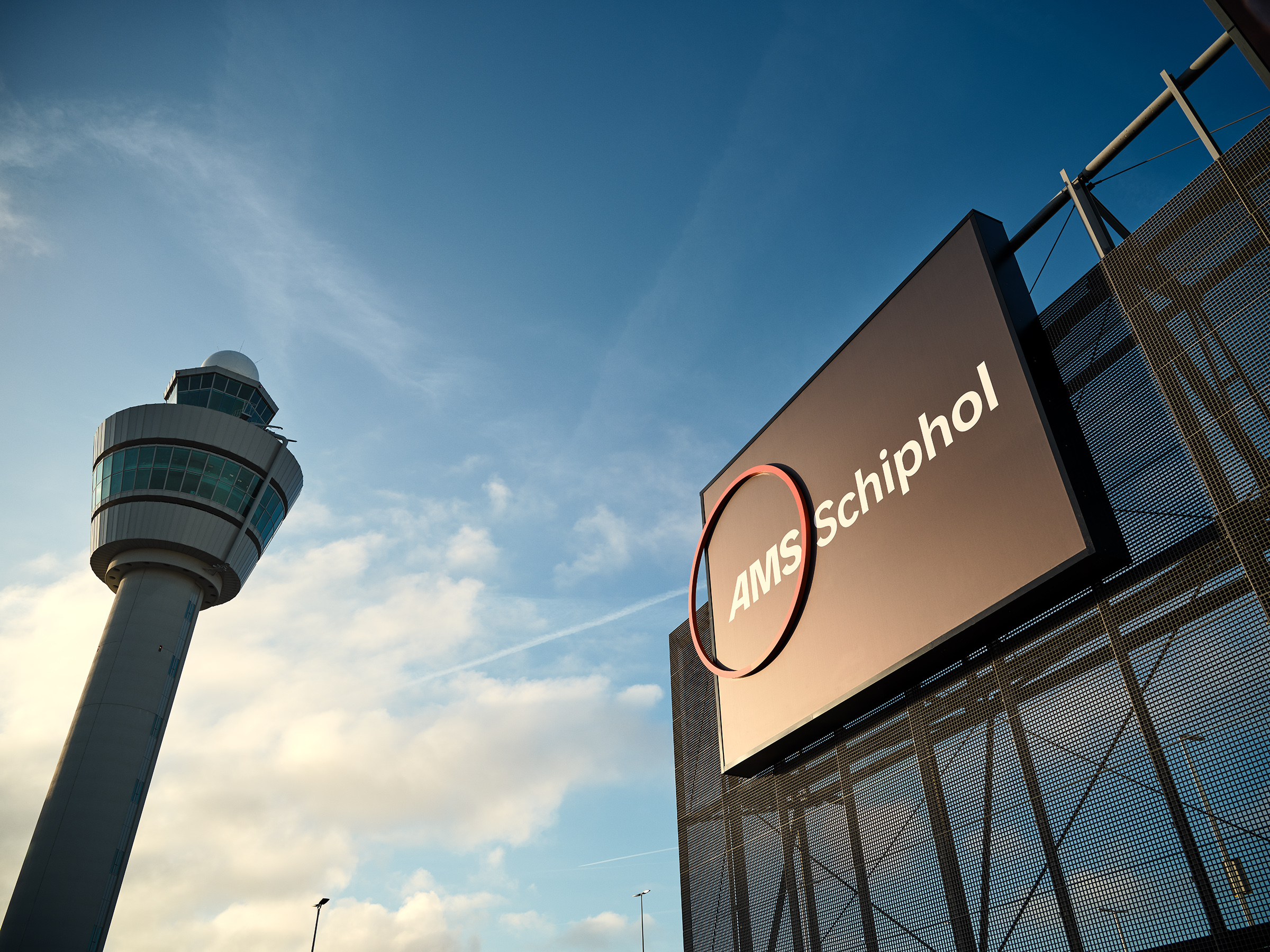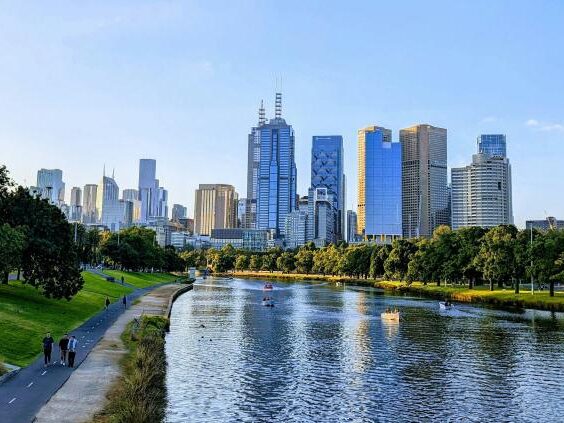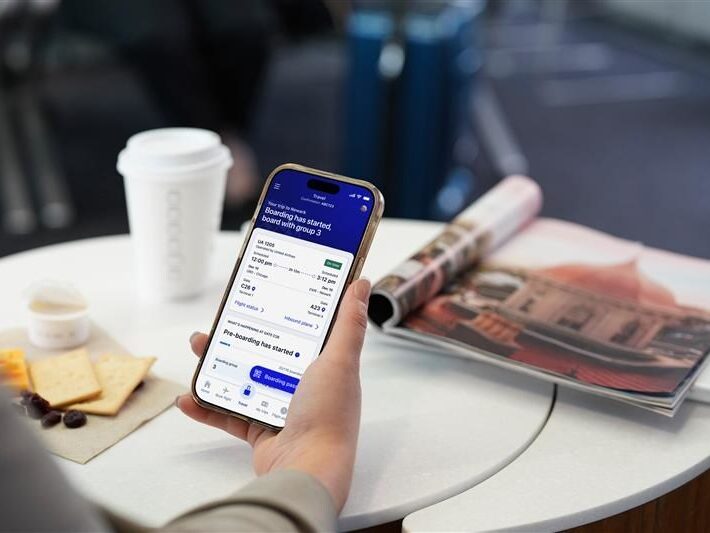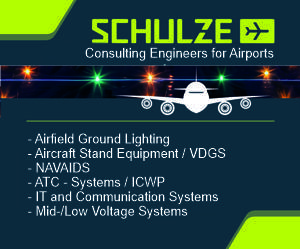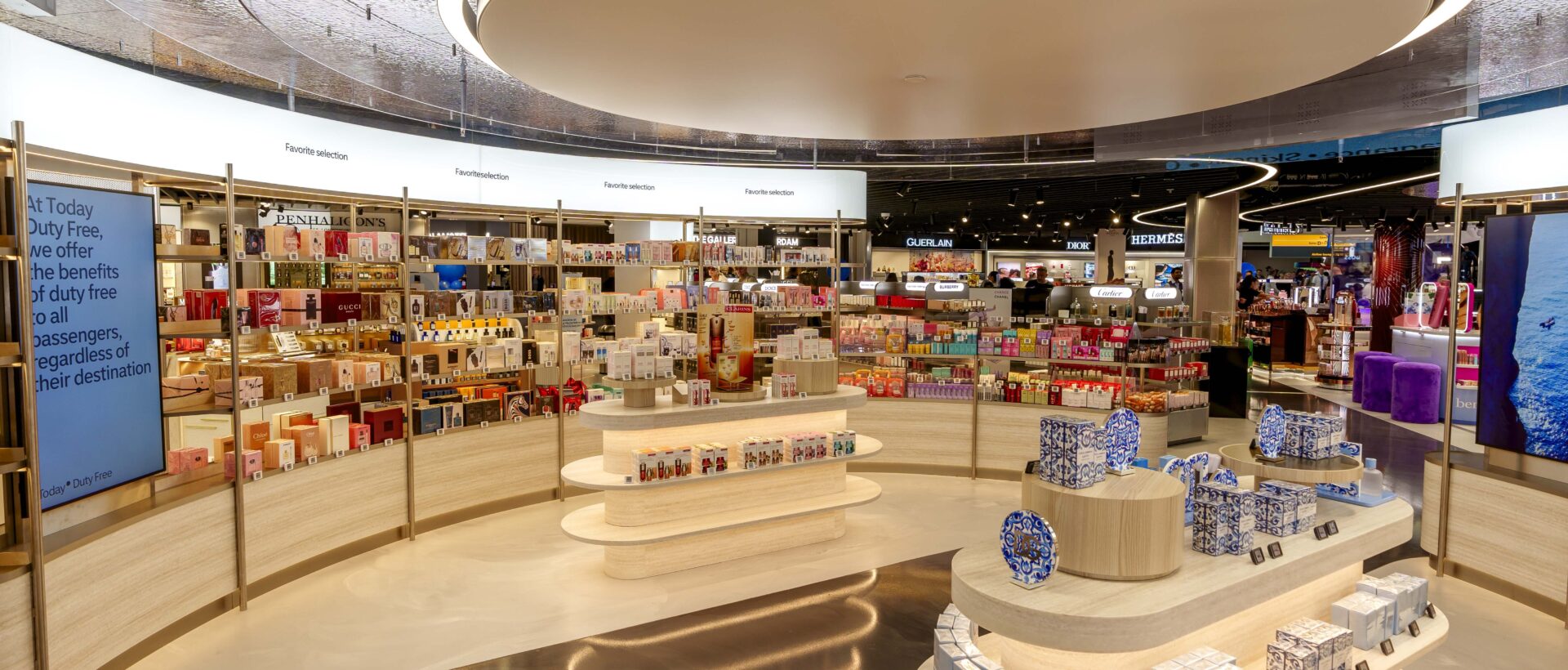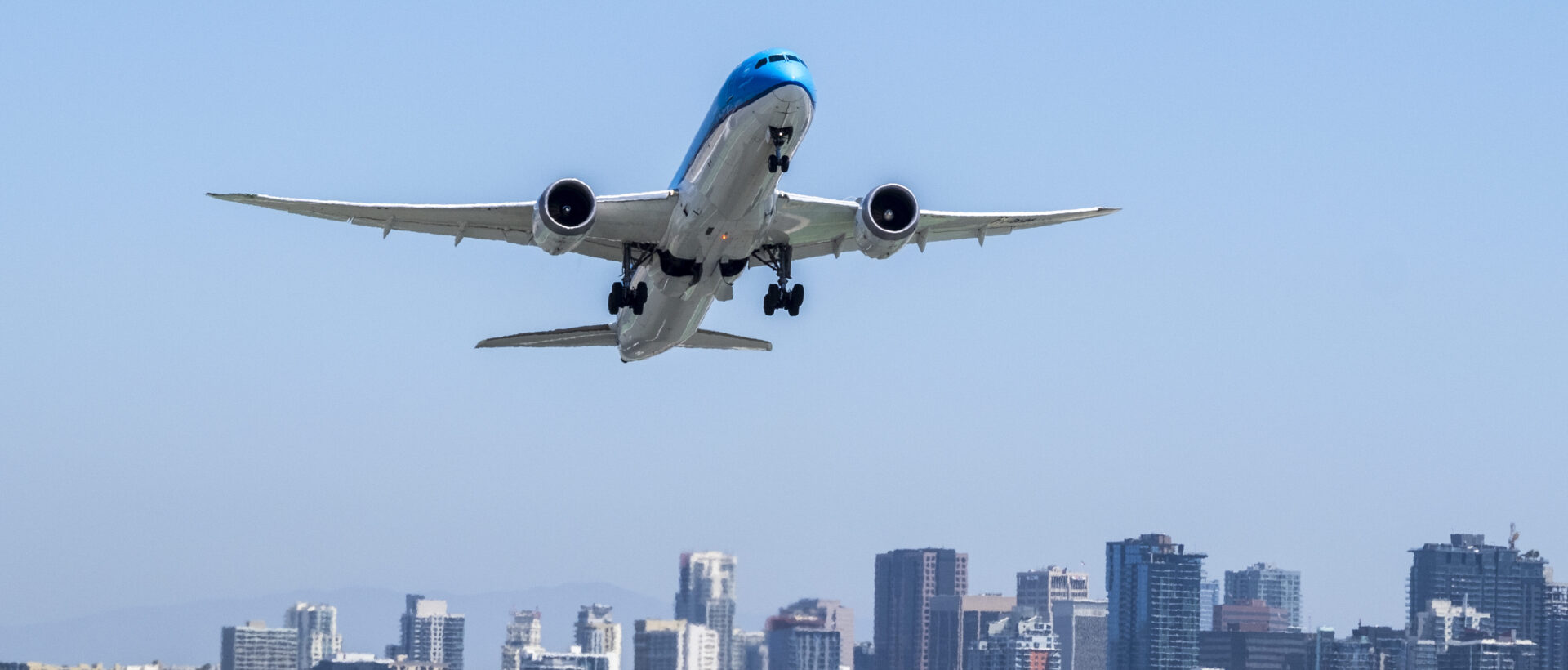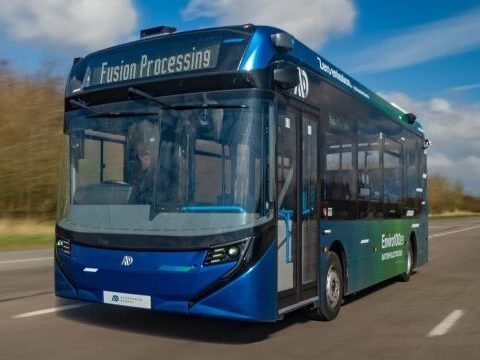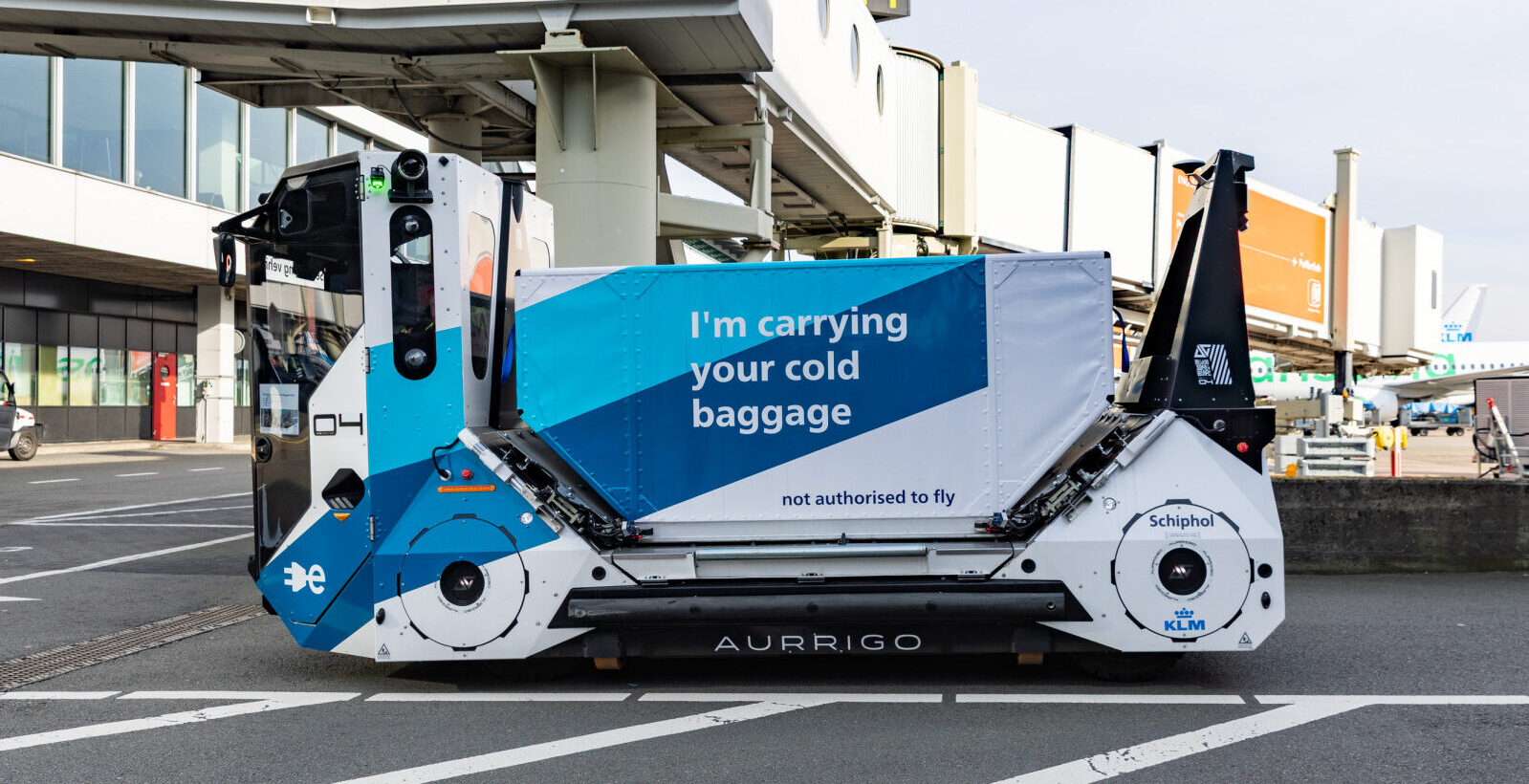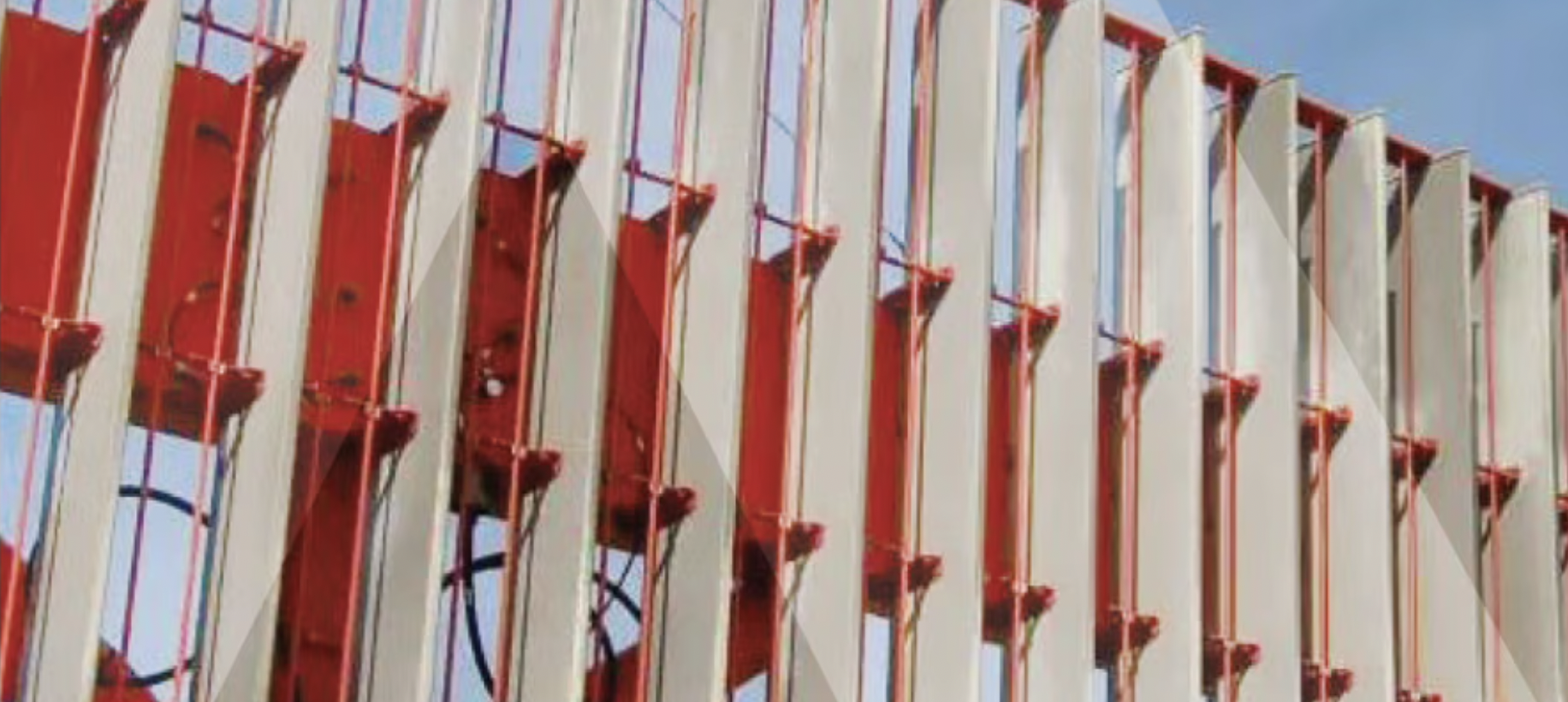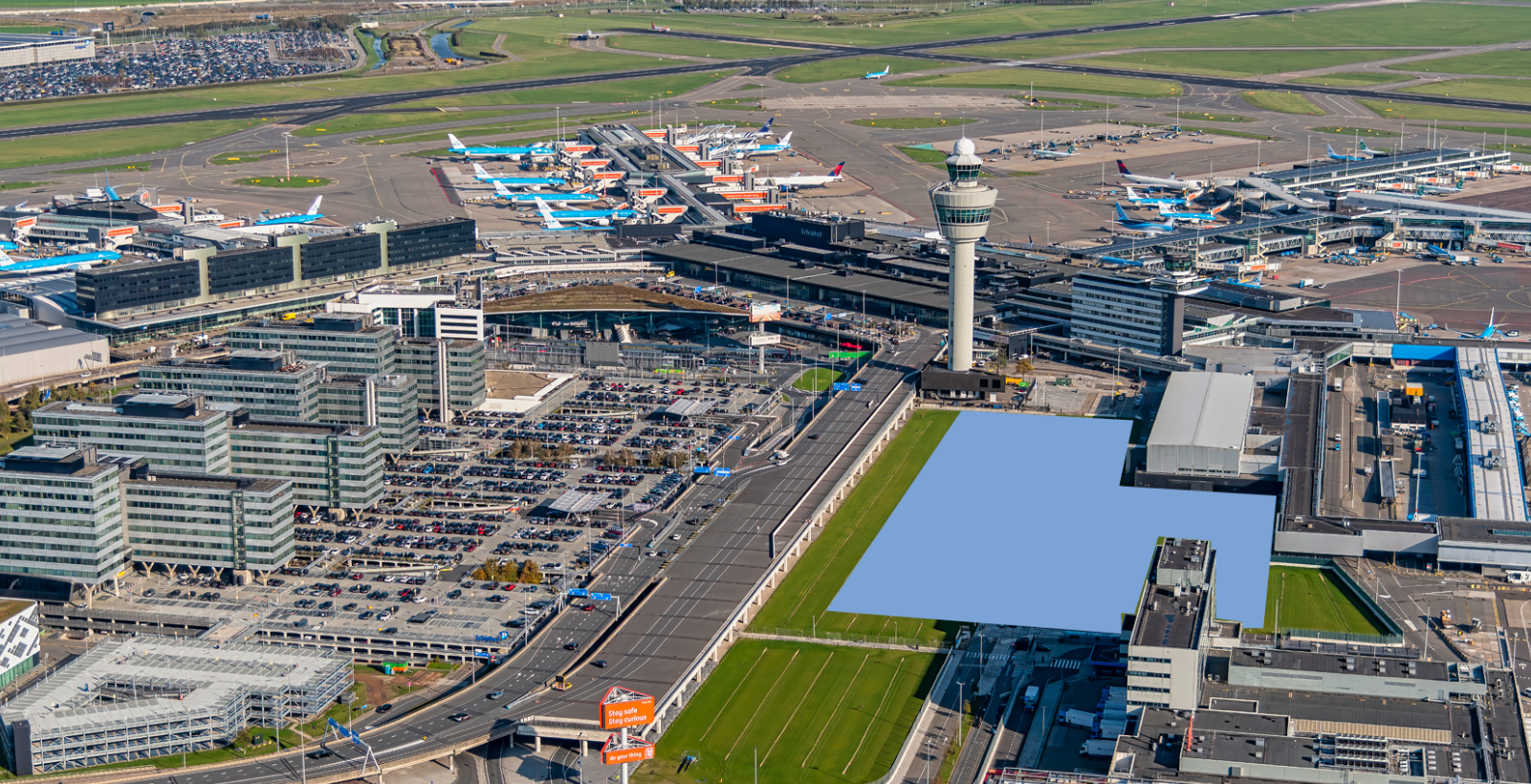Karsan has delivered a set of two autonomous e-ATAK buses to DAM Shuttles for operation at Rotterdam The Hague Airport (RTM) in the Netherlands.
The two units have already begun initial operations between RTM and Meijersplein Metro Station.
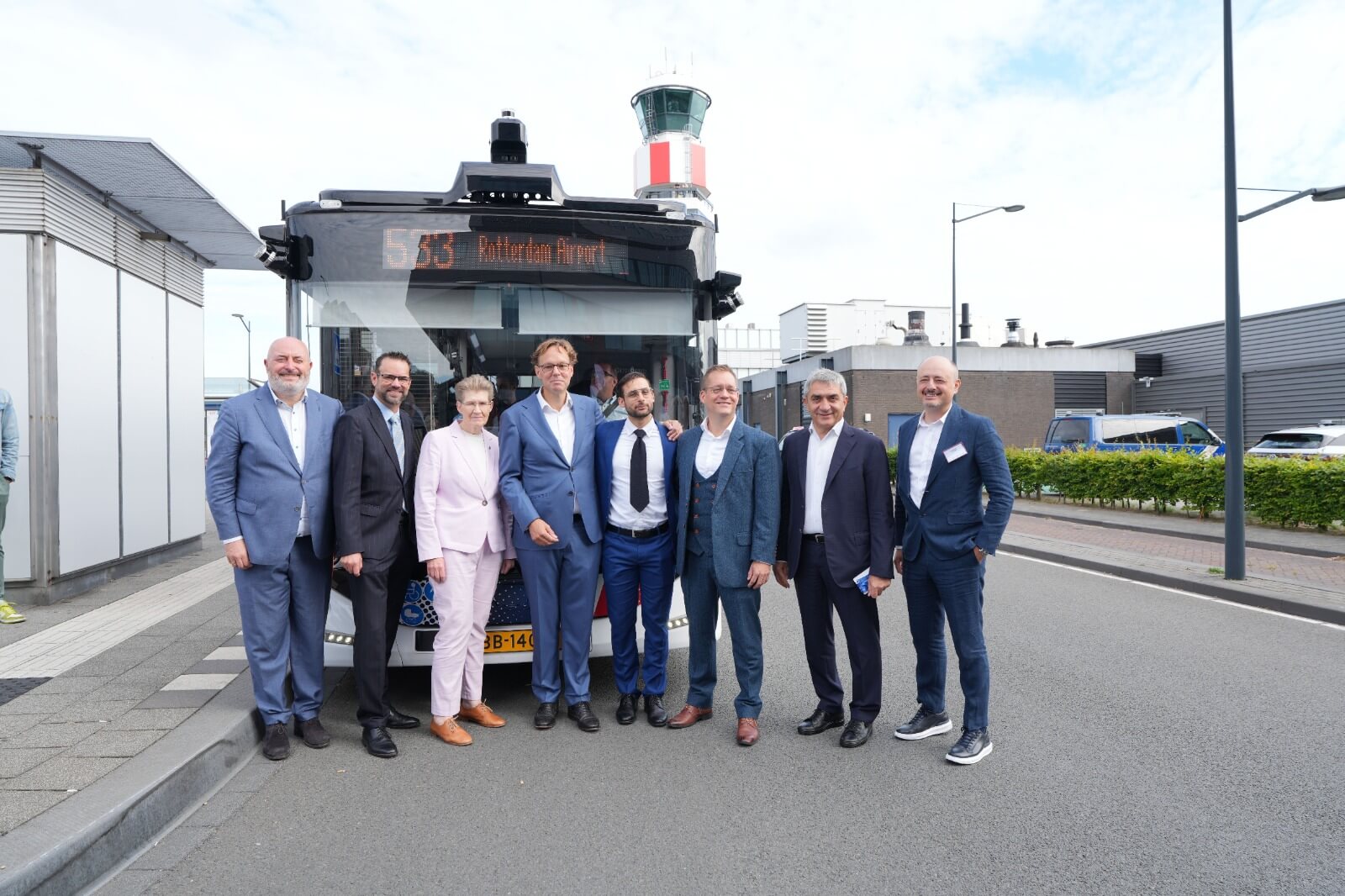
A delivery and launch ceremony saw the attendance of a number of officials including the Minister of Infrastructure and Water Management of the Netherlands, Robert Tieman; Karsan CEO Okan Baş; ADASTEC CEO Dr. Ali Ufuk Peker; key Dutch authorities; numerous media representatives; and project partners including DAM Shuttles, RET (Rotterdamse Elektrische Tram), RTHA (Rotterdam The Hague Airport), MRDH (Metropolitan Region Rotterdam The Hague), Applied Autonomy and ADASTEC.
Karsan CEO, Okan Baş, said:We continue to achieve firsts with the Autonomous e-ATAK. With this project at Rotterdam Airport, we have launched the world’s first autonomous airport bus operation. This project clearly shows that autonomous mobility is no longer just a vision of the future, but a concrete transportation solution of today.
Passenger use on the units will begin in full from 1 August, with the autonomous e-ATAK having successfully passed both operational and functional safety tests and earning full approval from RDW (Rijksdienst voor het Wegverkeer).
Remco Derksen, Co-Founder and Director of DAM Shuttles, said:We are very happy and proud that we have reached this milestone. The journey to get to this moment sometimes felt like a cat with nine lives. We strongly believe that this development will improve public transport and we have a strong business case for it.
Karsan’s autonomous e-ATAK unit is equipped with a series of LiDAR sensors positioned at points around the vehicle, as well as advanced radaar technology at the unit’s front, high- resolution image processing via the use of RGB cameras and thermal cameras for enhanced environmental safety.
The e-ATAK is capable of reaching speeds of up to 40 km/h in autonomous mode, and performs all functions of a bus driver without the need for intervention including stopping, passenger management, navigation handling and traffic light decisions.


